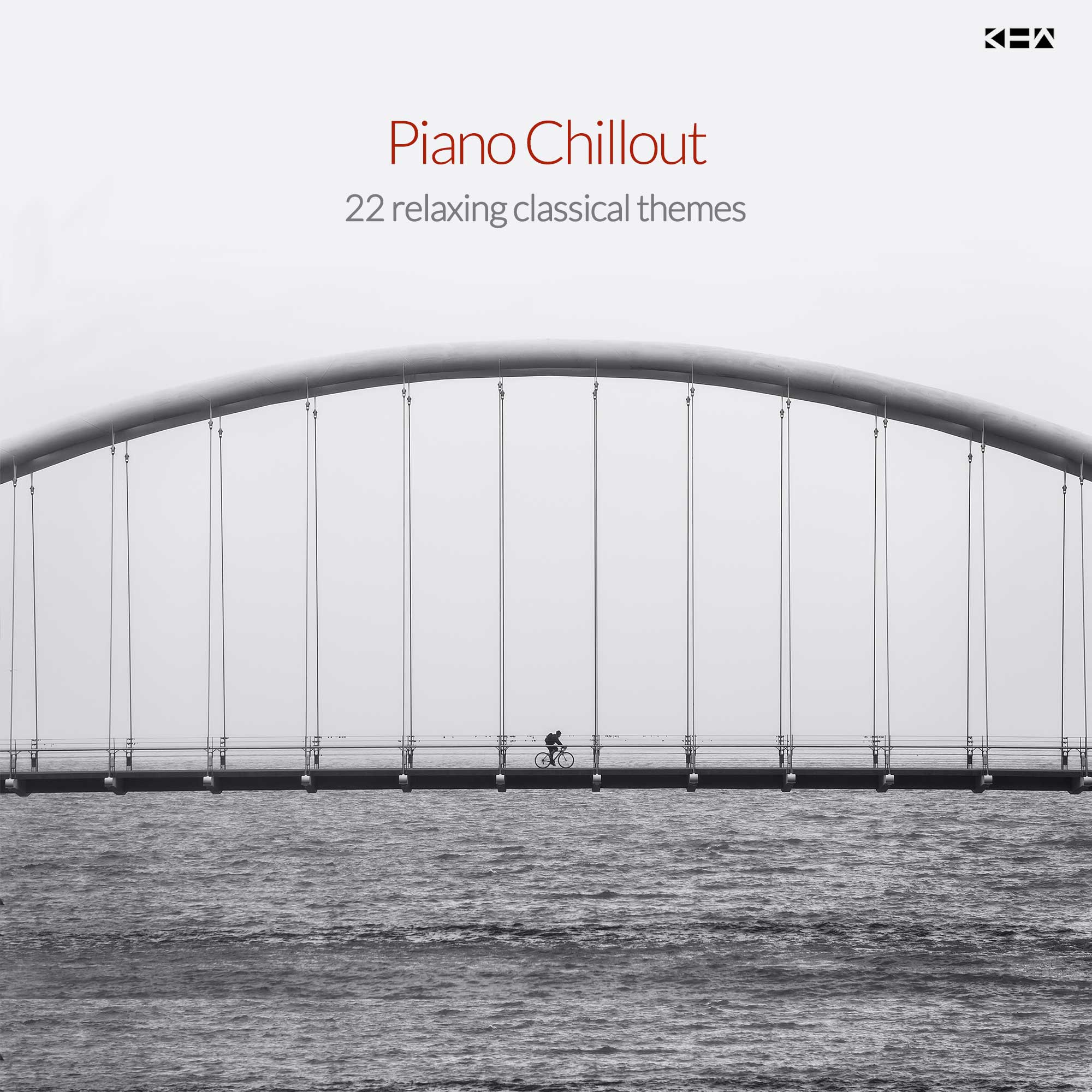Erik Satie (1866 - 1925), French composer and pianist in open controversy with the aesthetic principles considered fundamental by common opinion, carried out a beneficial action of disruption towards the musical academic world. His poetry is based on the total renunciation of any subjective and emotional connotation. He is considered the inventor of the concept of ambient music.
Yiruma (1971) Lee Ru-Ma (Seoul, 1978), aka Yiruma, is a South Korean composer. He began studying the piano from the age of five. At the age of ten he moved to London where he completed his musical studies, first graduating from Purcell School (1997) and then from King's College (2000). His recording debut dates back to 2001 with two albums: First Love and Love Scene with which he achieved considerable success.
Georg Friedrich Händel (1685–1759) was born in the city of Halle, in the German region of Saxony, into a middle-class family and spent most of his life abroad, attending numerous European courts. He died in London at the age of seventy-four. His work is characterized by an admirable synthesis between the stylistic features and the peculiar characteristics of the music of the early eighteenth century (Corelli, Alessandro Scarlatti, Lully and Purcell).
Wolfgang Amadeus Mozart (1756 - 1791), Austrian composer, is universally recognized as one of the great musical geniuses of all time. Endowed with rare talent, which manifested early, he died at the age of thirty-five, leaving unforgettable pages of symphonic, sacred, chamber and opera music.
Johannes Brahms (1833 - 1897), German, was a composer, pianist and conductor. His work is based on an extraordinary encounter between rigorous classical forms and a profoundly romantic spirit which is revealed in the extraordinary melodic and rhythmic inventiveness.
Modest Mussorgsky (1839 - 1881), Russian, was a composer and pianist. His masterpiece is the opera Boris Godunov but his best-known project is represented by the Quadri di una Esposizione, a suite for solo piano subsequently orchestrated by the famous French composer Maurice Ravel. An arranged version of the work was performed by the English rock group Emerson Lake & Palmer.
Alessandra Celletti (1966) is an Italian pianist. He achieved notoriety as an interpreter of the music of Gurdjieff / De Hartmann, Erik Satie, Scott Joplin and Philip Glass. Subsequently she devoted herself to the composition of her own works by releasing numerous albums including The Golden Fly (2007) and Working on Satie (2017).
Max Richter (1966) German pianist and composer, before embarking on a solo career he founded the ensemble Piano Circus and collaborated with the Future of Sound of London, Philip Glass and Brian Eno. His activity as an author of film music is also intense. He is one of the most representative figures of the new music scene of minimalism.
Ólafur Arnalds (1986) is an Icelandic musician and composer.
He achieved popular parity thanks to two films: Taken 3 with Liam Neson (2014) which includes the song A Stutter as the soundtrack, and Mia Madre (2015) by Italian director Nanni Moretti which includes 3 songs by the Icelandic musician in the soundtrack. He often collaborates with his friend Nils Frahm, with whom he made the album Trance Frendz (2016).
Richard David James (1971), famous under the pseudonym of Aphex Twin, is an Irish musician. Considered as one of the most creative figures in contemporary music, James is an eclectic artist who has ventured into numerous musical genres from Intelligent Dance Music to Drum and Bass and Acid House, with forays into classical music, ambient and so-called noise music.
Georgs Pelēcis (1947) is a Latvian composer and musicologist. He studied with Aram Khachaturian at the Moscow Conservatory and attended Cambridge University. His style has been described as the "new consonant music", with a surprisingly clear positive spirit.
In the field of musicology his interests are focused on the musical forms of the Middle Ages, the Renaissance and the Baroque Era. He teaches history of theory and counterpoint at the Latvian Academy of Music.
Matteo Sommacal (1977). He has always divided his creativity between music and mathematics. He began studying ancient music and the upright flute at a very young age. The meeting with Carmelo Piccolo, professor at the Gioacchino Rossini State Conservatory of Music, marks the turning point of his musical career starting his studies of composition and piano with a marked predilection for the minimalist and post-minimalist musical repertoire.
Since 2000 he has been the artistic director of the Piccola Accademia degli Specchi chamber ensemble. He has a degree in Physics and is currently Senior Lecturer in Applied Mathematics at Northumbria University in Newcastle (UK).
Arvo Pärt (1935) is one of the most famous contemporary Estonian composers. After a long period of artistic silence, in 1968 Pärt returned to composing by proposing a piece for piano in a new style: Für Alina. The new compositional principle, called tintinnabuli (from the Latin campanelli), has defined the style of his work ever since. The tintinnabuli principle aims at an extreme reduction of sound materials to the point of limiting them to the essential.
Philip Glass (1937), American composer, is one of the most influential figures of 20th century minimalist music. He has written dozens of plays and plays, 12 symphonies and numerous film music. For Stephen Daldry's The Hours, he was awarded the Golden Globe. Among the numerous collaborations of his long musical career those with Ravi Shankar, Brian Eno and David Bowie stand out.
PIANO CHILLOUT 23 RELAXING PIANO THEMES





